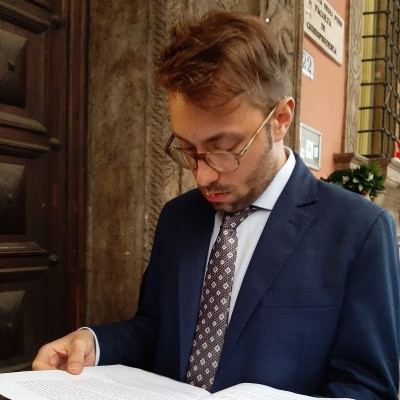Demos:
- Lexon (Henning Diedrich)
- Catala (Denis Merigoux)
- Stipula (Alessandro Parenti)
- Accord Project (Dan Selman)
- OLG (Sergio Servantez)
Chair: Meng Wong
Chair’s Introduction:
In legal formalization, one useful dichotomy distinguishes between:
- “static” decision logic (involving Boolean propositions and first-order predicate logic, represented in industry, to some extent, by DMN), and
- “dynamic” process logic (involving obligations changing over time as multi-party state transition graphs (represented in industry, to some extent, by BPMN, and studied as multi-modal temporal process calculi, including the situation and the event calculus).
These intertwine with each other: dynamic obligations are conditional on static decisions; while static decisions are conditional on history traces of dynamic events. Some languages focus on one domain. Others support both. For example tax law tends to be concerned primarily with “static” arithmetic computation. Contracts deal with possible events and scenarios and a changing landscape of obligations and deadlines.
Another important ingredient in a contract language is meta-rules and priorities: in the case of conflict, which rules override others? This is the natural domain of defeasibility.
Finally, no language is complete without some notion of ontology: traditional OOP programmers think about classes and instances; database programmers think about SQL schemas; functional programmers think about types; enterprise architects think about UML and ERD. All are attempts to represent the world and the entities in it. Dedicated ontology languages for laws and contracts have come (and gone?). Concretely we might ask: will there ever be a canonical, computational representation of the notion that corporations have shareholders and directors; or is this a wheel that we will have to reinvent in each new language that comes along?
We present a number of short demos which give different treatments to these questions. We observe that these demos occupy different points along the spectrum of academic to industrial. And we explore the possibilities of machine learning LLMs to automate the extraction task of knowledge acquisition which has traditionally been performed through annotation.
 Henning Diedrich
Henning Diedrich Denis Merigoux
Denis Merigoux Alessandro Parenti
Alessandro Parenti Dan Selman
Dan Selman Sergio Servantez
Sergio Servantez Meng Wong
Meng Wong
